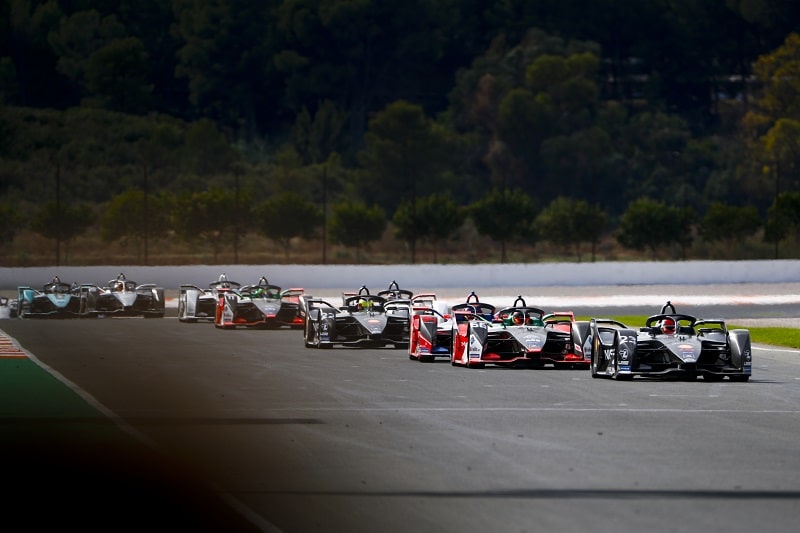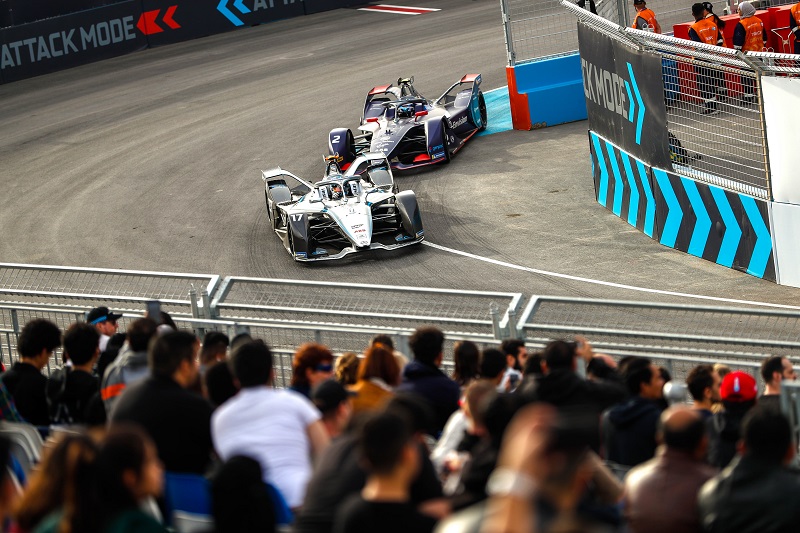
FE Talk: Analysing the Gen 3 Regulations, Good or Bad?
Over the last few months, the ABB FIA Formula E Championship have announced technical tenders for the next generation of Formula E car that will be introduced for the 2022-23 season.
The deal will last for at least three seasons and is set to see a significantly faster and lighter car than the current generation of Formula E car.
Below is a summary of the key details that we know so far:
[table id=44 /]
Should these targets be met, this is all good news. These regulations are game changing and demonstrates the exponential rate of growth and development that Formula E is currently experiencing.
A overall 220KG reduction in weight is highly ambitious and is a bold and brave move by the series organisers. I love the fact that Formula E is not scared to aim for these incredible targets though because it will make, what is already an amazing series, even greater.
From the weight alone, the cars will be substantially faster. Add on the 100 kilowatt increase in power and these already tricky and unique cars will turn into beasts on the streets of some of the biggest cities in the world.
The cars will be rear-wheel driver and regen can only be done on the front axel and motor-regen on the rear. This will bring a new set of challenges to the driver and it will be fascinating to see who can adapt to the new cars.
Alexander Sims has said the Gen3 car will “bring it back towards more what a conventional single seater feels like.”

A budget cap of around £290,000 will undoubtedly keep manufacturers interested in Formula E and it is hard to see any of the current manufacturers leaving the sport anytime soon.
The rules keep the field so close and ultra-competitive that nearly all the teams can win so success is not a problem, unlike other series where new manufacturers cannot get close to a podium position all year.
Renault in Formula One for example, a big manufacturer that rejoined the sport in 2016 and is still nowhere near challenging the top three teams and may likely pull out of F1 very soon if they do not get towards the front of the grid. Formula E does not have this problem due to the rules that makes for an exciting championship.
But, even if the manufacturers do suddenly decide to leave, Formula E has another ace up its sleeve. Manufacturers can simply sell their powertrain to a privateer team so that the numbers remain on the grid.
That is what is so great about teams such as Techeetah and Mahindra. The number of manufacturers is one thing, but keeping the customer teams competitive and able to compete with the likes of Audi, Porsche, Mercedes, BMW, Nissan and Jaguar is the perfect scenario in my opinion.
Once again, Formula E is going the right way and it is very difficult to complain about the blueprint so far.



![Private: [ID: 71rYi-xncgM] Youtube Automatic](https://motorradio-xijqc.projectbeta.co.uk/wp-content/uploads/2024/08/private-id-71ryi-xncgm-youtube-a-1-360x203.jpg)
![Private: [ID: 1SfHxvC8Doo] Youtube Automatic](https://motorradio-xijqc.projectbeta.co.uk/wp-content/uploads/2024/07/private-id-1sfhxvc8doo-youtube-a-1.jpg)
![Private: [ID: H6XRkf6kROQ] Youtube Automatic](https://motorradio-xijqc.projectbeta.co.uk/wp-content/uploads/2024/07/private-id-h6xrkf6kroq-youtube-a-1-360x203.jpg)
![Private: [ID: Kb6w-qAmKls] Youtube Automatic](https://motorradio-xijqc.projectbeta.co.uk/wp-content/uploads/2023/12/private-id-kb6w-qamkls-youtube-a-360x203.jpg)
![Private: [ID: CcpwYw20k3k] Youtube Automatic](https://motorradio-xijqc.projectbeta.co.uk/wp-content/uploads/2024/07/private-id-ccpwyw20k3k-youtube-a-360x203.jpg)

![[ID: x1SiRC5jhW4] Youtube Automatic](https://motorradio-xijqc.projectbeta.co.uk/wp-content/uploads/2022/04/id-x1sirc5jhw4-youtube-automatic-360x203.jpg)
![[ID: lMZ8lAeLubk] Youtube Automatic](https://motorradio-xijqc.projectbeta.co.uk/wp-content/uploads/2022/04/id-lmz8laelubk-youtube-automatic-360x203.jpg)
![[ID: GAYCcnqyFo4] Youtube Automatic](https://motorradio-xijqc.projectbeta.co.uk/wp-content/uploads/2022/04/id-gayccnqyfo4-youtube-automatic-360x203.jpg)
![[ID: Gg142H296QY] Youtube Automatic](https://motorradio-xijqc.projectbeta.co.uk/wp-content/uploads/2022/04/id-gg142h296qy-youtube-automatic-360x203.jpg)
![Private: [ID: 71rYi-xncgM] Youtube Automatic](https://motorradio-xijqc.projectbeta.co.uk/wp-content/uploads/2024/08/private-id-71ryi-xncgm-youtube-a-1-236x133.jpg)
![Private: [ID: H6XRkf6kROQ] Youtube Automatic](https://motorradio-xijqc.projectbeta.co.uk/wp-content/uploads/2024/07/private-id-h6xrkf6kroq-youtube-a-1-236x133.jpg)
![Private: [ID: Kb6w-qAmKls] Youtube Automatic](https://motorradio-xijqc.projectbeta.co.uk/wp-content/uploads/2023/12/private-id-kb6w-qamkls-youtube-a-236x133.jpg)
![Private: [ID: nc-8g6ROCe8] Youtube Automatic](https://motorradio-xijqc.projectbeta.co.uk/wp-content/uploads/2023/11/private-id-nc-8g6roce8-youtube-a-236x133.jpg)
![Private: [ID: wWrhfjOQuIc] Youtube Automatic](https://motorradio-xijqc.projectbeta.co.uk/wp-content/uploads/2023/11/private-id-wwrhfjoquic-youtube-a-236x133.jpg)